Yala National Park
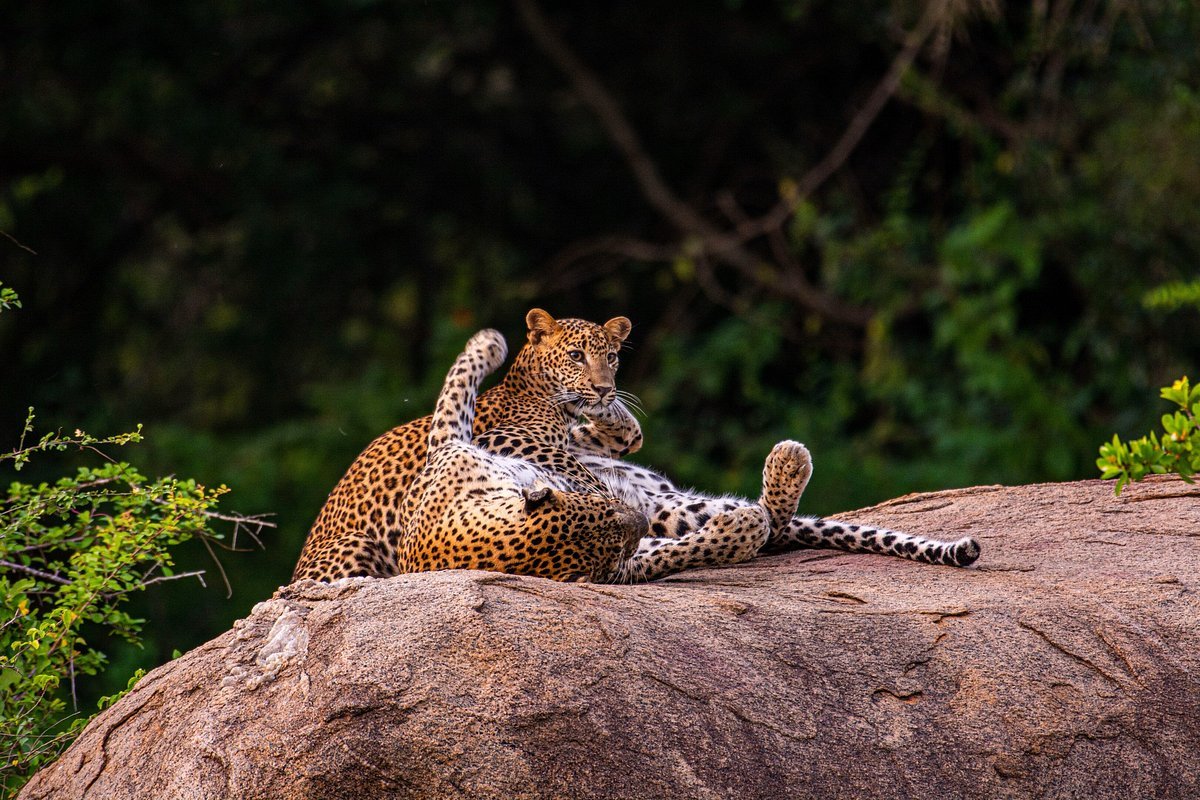
With a total of 26 national parks, covering nine per cent of the entire country, Sri Lanka’s biodiversity is as varied as it is vast. Hugged by the wild waves of the Indian Ocean, Yala National Park (the country’s second-largest) is one of the most popular, encompassing not only beachland but 979 square kilometres of utterly captivating scenery, including vast undulating plains, atmospheric marshland, virgin forest and an abundance of lagoons and watering holes that provide bathing and drinking opportunities to all manner of creatures, great and small. These unique varying ecosystems, home to more than 200 bird species, hundreds of Asian elephants and the highest leopard density in the entire world,
Whether you’re a wildlife enthusiast, photographer, or simply a lover of nature, a Yala Safari Adventure promises unforgettable memories, stunning landscapes, and the rare chance to witness the raw, untamed spirit of Sri Lanka.
Morning Safari
Evening Safari
Udawalawa National Park
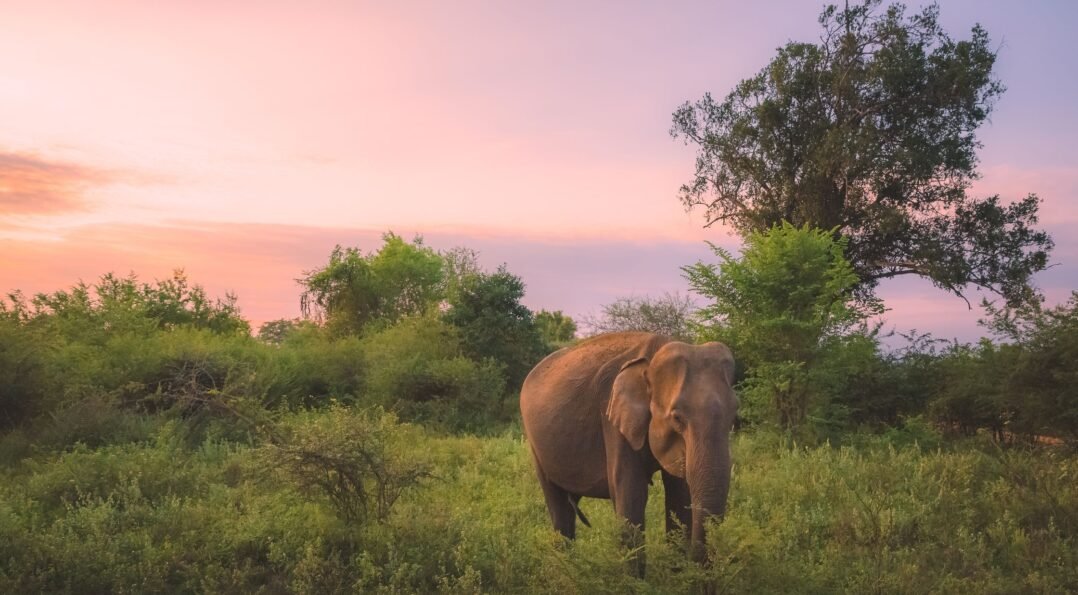
With herds of elephants, wild buffalos, sambars and spotted deer, and giant squirrels, this Sri Lankan national park is one of the nation’s finest. In fact, for elephant watching, Uda Walawe often surpasses many of the most famous East African national parks. The park, which centres on the 308.2-sq-km Uda Walawe Reservoir, is lightly vegetated, but it has a stark beauty, and the lack of dense vegetation makes game watching easy
Elephants are Uda Walawe’s key attraction, with around 600 in the park in herds of up to 50. There’s an elephant-proof fence around the perimeter of much of the park, (supposedly) preventing elephants from getting out into areas with a higher human population and cattle from getting in. Elephants can and do migrate into and out of the park along unfenced borders.
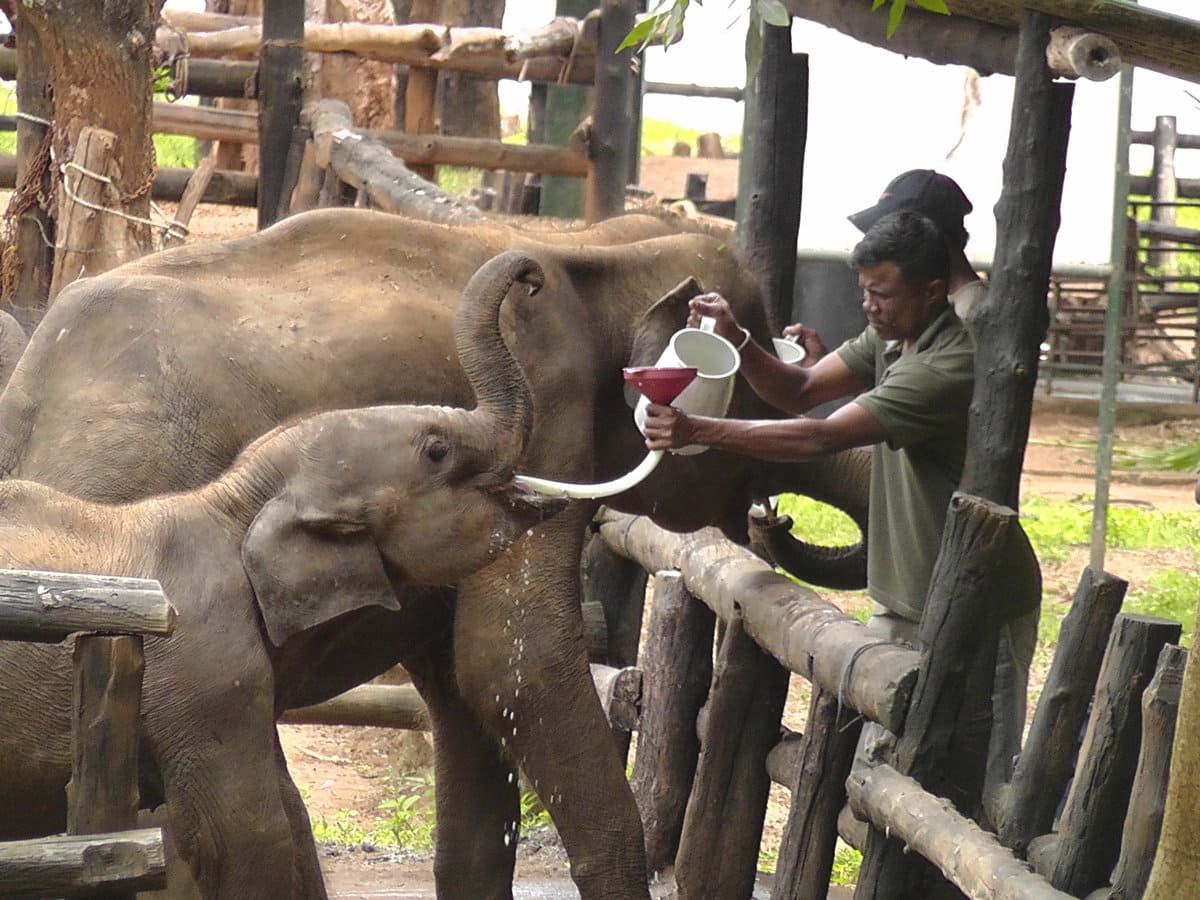
The Elephant Transit Home, since its inception in 1995, has helped care for dozens of injured, sick, or orphaned baby elephants from all over Sri Lanka. Visitors to the home are able to observe an animated group of around 20 or 30 juvenile and teenage pachyderms, who are fed four times a day. The resident animals are looked after until they are deemed fit enough to be released back into the wild, after which they are closely monitored for investigational purposes, as well as their own safety. Reservoir, is lightly vegetated, but it has a stark beauty, and the lack of dense vegetation makes game watching easy
The public can visit this place four times dailyAt 10:30 am, 02:30 pm, and 06:00 pm
Morning Safari
Evening Safari
Kalamatiya Bird Sanctuary
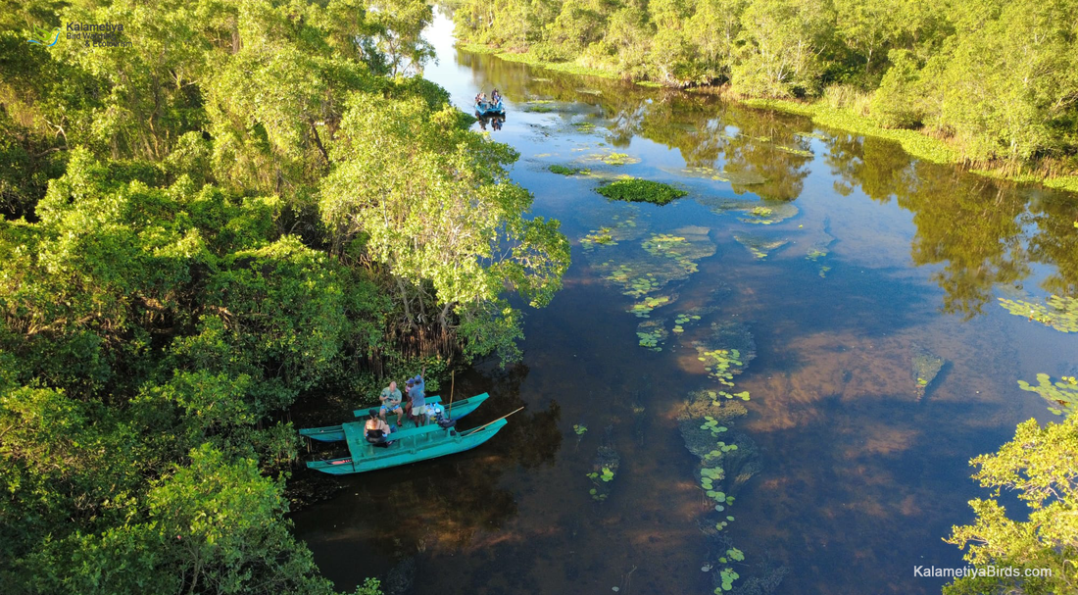
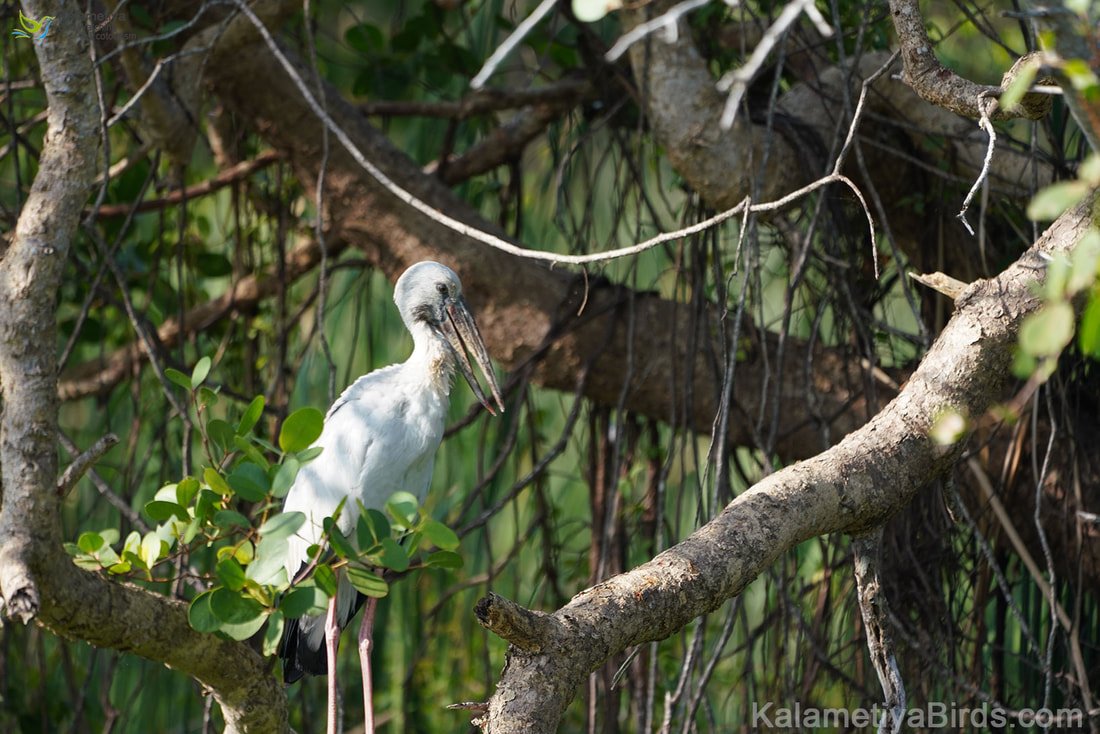
Kalametiya is a coastal wetland area that has an especially rich bio-diversity, and is situated on the picturesque southeastern coast of Sri Lanka, in the district of Hambantota. It, along with Rekawa and Ussangoda, forms an area known as “Ruk,” a coastal belt of land of outstanding beauty littered with numerous bays, coves, lagoons, rocky outcrops and sandy beaches, stretching from approximately Tangalle to Hambantota.
Similar to Bundala National Park, another bird sanctuary in Sri Lanka, it has a mix of marine and birdlife, because of its coastal lagoons, mangrove swamps, scrub jungles and open grassy areas.
The reserve originally covered 2500 hectares, but some of which were abolished in 1946 because of the opposition of local residents. In 1984, however, considerably reduced area was declared once again as a sanctuary. Kalametiyawas first recognized as a wildlife sanctuary in 1938.
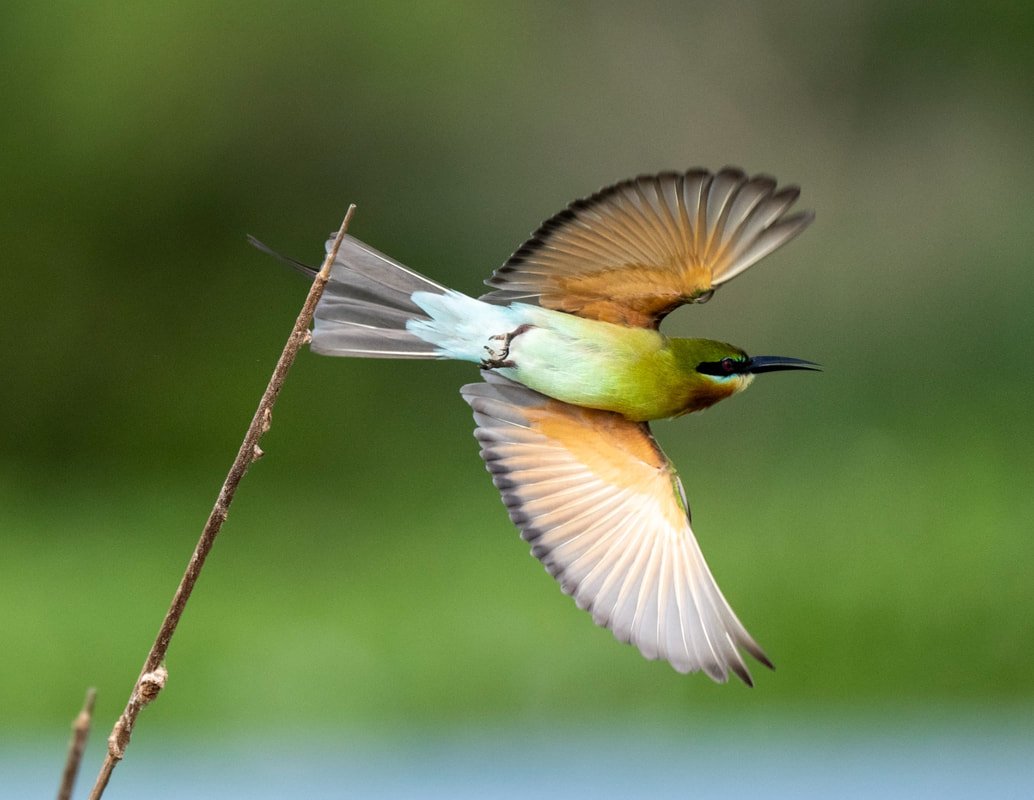
The large lakes in the dry zone mostly attract a large number of ducks while the wetlands such as weerawila, kalamatiya and bundala national park are where larger aquatic birds such as stork, heron, egret, spoonbill, pelican, and ibis can be seen. Around mid august a large number of migrant birds arrive in the Island. They are of the species sandpipers, stints, plovers, terns and harriers flying over from North India Siberia, Scandinavia and Western Europe which settle along the lagoons and salterns of the coast areas.
The presence of lagoons and mangrove swamps, attracts a huge variety of winter migrant birds. It is home to 4 nationally threatened birds, and 38 species of reptiles that are nationally and globally threatened.
This makes the Kalametiya Bird Sanctuary a wonderful place to visit, whether to see the threatened wildlife and birdlife before they become completely extinct, or to show support for their preservation.


